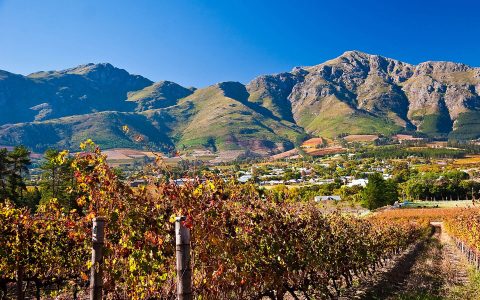Into the Wild: South Africa’s Kruger National Park
 Kruger National Park holds strong as the flagship of all South African parks and is one of the largest reserves in Africa. It ranks alongside the classic safari destinations of East Africa, offering an unrivaled diversity of life forms fused with historical and archaeological sights, and is recognized as a world leader in advanced environmental management techniques and policies.
Kruger National Park holds strong as the flagship of all South African parks and is one of the largest reserves in Africa. It ranks alongside the classic safari destinations of East Africa, offering an unrivaled diversity of life forms fused with historical and archaeological sights, and is recognized as a world leader in advanced environmental management techniques and policies.
In addition to an impressive number of species (the park is home to 336 species of trees, 49 fish species, 34 amphibian species, 114 reptile species, 507 bird species and 147 mammal species), human interaction with the environment over many centuries—from bushman rock paintings to majestic archaeological sites like Masorini and Thulamela—is very evident in the reserve. These treasures represent the cultures, people, and events that played a role in the history of the Kruger National Park and are conserved along with the park’s natural assets.
History of Kruger National Park
Gazetted in March 1898 as a “Government Wildlife Park” by Paul Kruger (the then president of the Transvaal Republic), the park only became known as the Kruger National Park upon its expansion in 1926 to its current 19,485 square kilometres (7,523 square miles). Its development as a wildlife preserve was not without controversy, though, as colonial policies of the past forcibly removed and excluded the claims of many of the groups who had lived off the land for generations. Some land has since been reclaimed by the Makuleke tribe, who now, in concert with the private sector, invest in tourism through development of private game reserves and game lodges, which better benefit local communities.

Environmental Initiatives and Recognitions
 Since 2002, Kruger National Park has been included as part of the Great Limpopo Transfrontier Park, a larger scale, multi-country park that extends beyond the borders of South Africa and links with national parks in Zimbabwe and Mozambique. This is an attempt to re-open the ancient migratory routes of the elephant, wildebeest, and zebra that once rivaled the great migration of the Serengeti.
Since 2002, Kruger National Park has been included as part of the Great Limpopo Transfrontier Park, a larger scale, multi-country park that extends beyond the borders of South Africa and links with national parks in Zimbabwe and Mozambique. This is an attempt to re-open the ancient migratory routes of the elephant, wildebeest, and zebra that once rivaled the great migration of the Serengeti.
A side effect of this is that the lack of border fences and control has resulted in quite a few illegal immigrants attempting to gain access to South Africa through the park, as well as an increase in wildlife poaching despite the risk of large lion prides and other dangerous animals.

What is the origin of the term “Big Five”?
 You’ve probably guessed that “Big Five”—namely elephant, lion, leopard, rhinoceros, and buffalo—started out as a hunting expression. It refers to the five most dangerous animals to hunt by foot. For example, the buffalo is renowned for its ability when wounded to circle the hunter and attack from behind.
You’ve probably guessed that “Big Five”—namely elephant, lion, leopard, rhinoceros, and buffalo—started out as a hunting expression. It refers to the five most dangerous animals to hunt by foot. For example, the buffalo is renowned for its ability when wounded to circle the hunter and attack from behind.

See (and Stay) for Yourself
On B&R’s Cape Town to Victoria Falls Active Expedition, take in the abundance of the city – think amazing restaurants, Table Mountain and the Cape Winelands – before finding yourself in awe at one of the Seven Wonders of the World.
DETAILED ITINERARYNature’s Landscapers
 Big animals such as elephant, rhino, and buffalo consume so much food that they dramatically modify the landscape. Elephants thin out densely wooded areas by pushing down trees and digging for water, making habitats more suitable for animals such as wildebeest and zebra. White rhino create their own “grazing lawns,” which suit animals like the impala. A large herd of buffalo can trample down tall grassland so that the visibility improves. The grassland then becomes suitable for zebra, wildebeest, and impala. Hippos change the river habitat by eating the surrounding grasses. They also transfer nutrients from adjacent land back into the river, which feeds fish and invertebrates.
Big animals such as elephant, rhino, and buffalo consume so much food that they dramatically modify the landscape. Elephants thin out densely wooded areas by pushing down trees and digging for water, making habitats more suitable for animals such as wildebeest and zebra. White rhino create their own “grazing lawns,” which suit animals like the impala. A large herd of buffalo can trample down tall grassland so that the visibility improves. The grassland then becomes suitable for zebra, wildebeest, and impala. Hippos change the river habitat by eating the surrounding grasses. They also transfer nutrients from adjacent land back into the river, which feeds fish and invertebrates.
Carnivores—The Weeders
These large hunters have always fascinated humans because in many cases, we used to be their prey! Carnivores are at the top of the food chain. They are well-adapted for hunting, with excellent vision and hearing, sharp teeth, and bodies designed for speed and/or power. Scavengers, such as the hyena, have an acute sense of smell to help them locate dead carcasses. Many carnivores and scavengers also have powerful teeth and jaws for tearing flesh and grinding bones.

All predators are opportunistic and will not turn down a chance to catch prey. Even if a lion’s belly is full, they will take down another animal if they are able to. The predator’s role in the food chain is to weed out the old, sick and weak animals, and in doing so ensure that the strongest survive. Thus they contribute to strong, healthy herbivore populations.

Herbivore Grazers – The Lawnmowers
Animals that prefer open grassy areas are usually grazers and they tend to hang out in large groups. For them, visibility is their best defence—the farther away they can spot predators (e.g., lions and cheetahs), the more likely they are to escape. The other incredible thing about grazing animals is that they are able to share the land with one another because different species are specialized to eat different grasses or parts of the plants. This means that there is more food to go around and less competition. Some herbivore species even enjoy symbiotic relationships with one another. For example, zebra and wildebeest graze together, thus giving them more eyes and ears to detect stalking predators.

Herbivore Browsers – The Hedge-Trimmers
Trees provide shelter and food for many species—especially the browsers (leaf-eaters). They have narrow muzzles, used to pick the fine, nutritious leaves off otherwise thorny acacia trees. Like grazers, browsers eat different parts of the vegetation, making more food available to a variety of animals. Giraffe feed in the upper parts of the canopy, kudu in the middle, and smaller antelopes—steenbok and duiker—on small bushes. Elephants eat at every level, and often consume bark, pods and fruit.

Omnivores—Everything Goes
 Omnivores eat both plants and animals. Besides human beings, examples of other omnivores include the baboon, the vervet monkey, and many species of mongoose. These animals often live in cooperation with other species, including herbivores. The chacma baboon and the impala are often found in the same areas, with the impalas keeping a keen eye and ear at ground level for predators, while baboons always have a sentinel keeping watch from a tree. Both species warn the other when danger approaches.
Omnivores eat both plants and animals. Besides human beings, examples of other omnivores include the baboon, the vervet monkey, and many species of mongoose. These animals often live in cooperation with other species, including herbivores. The chacma baboon and the impala are often found in the same areas, with the impalas keeping a keen eye and ear at ground level for predators, while baboons always have a sentinel keeping watch from a tree. Both species warn the other when danger approaches.
MORE FROM Africa and Middle East + South Africa
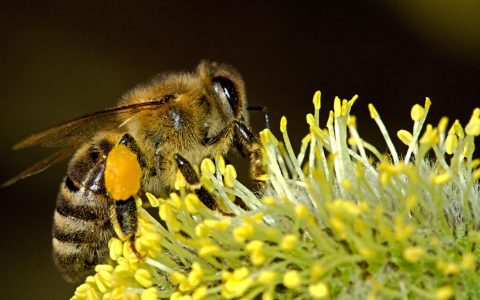
The Slow Fund: Supporting Research with Ujubee Project
South Africa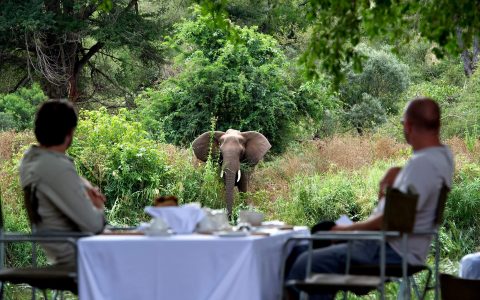
Spectacular Stays: Singita Lebombo Lodge
South Africa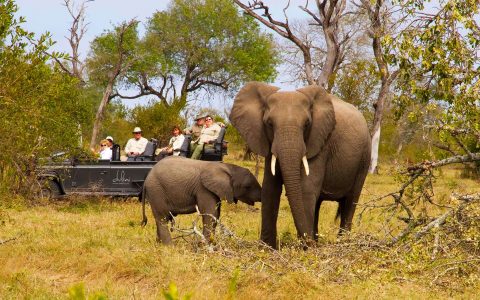
Spectacular Stays: Dulini Lodge
South Africa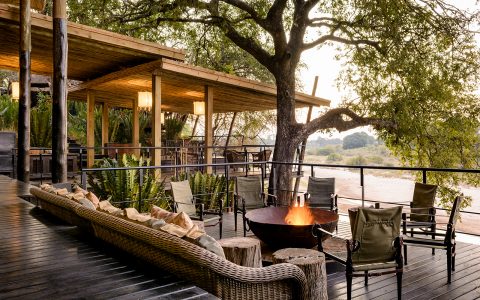
Spectacular Stays: Singita Ebony Lodge
South Africa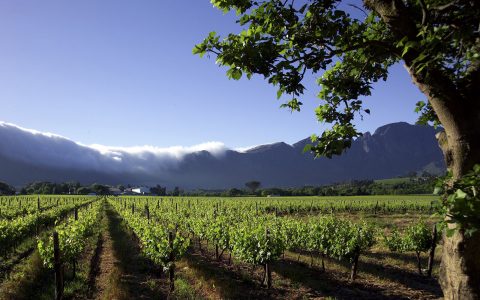
7 Best Wines from South Africa
South Africa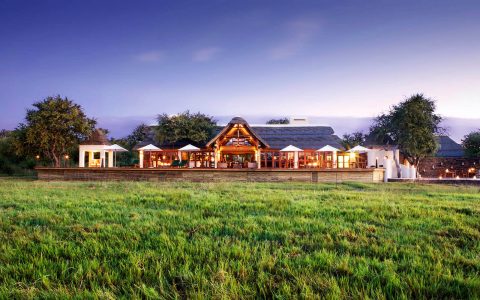
The Epitome of South African Luxury: Jamala Madikwe
South Africa
Cape Town’s Coolest Bars
South Africa
24 Hours in Cape Town
South Africa
Top 5 Family Adventures in South Africa
South Africa
The 7 Best Luxury Safari Lodges in South Africa
South Africa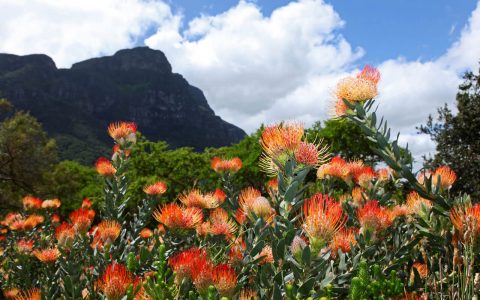
Six Things Every Flower Lover Must Do
South Africa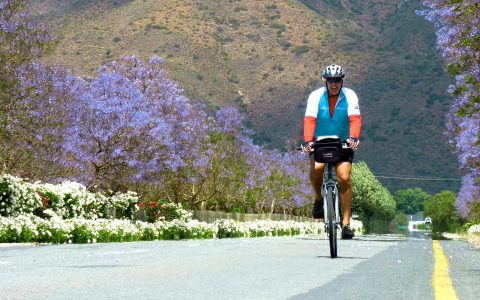
Biking the Winelands
South Africa
4 Stunning Cape Town Hotels
South Africa
In Deep: What You Need to Know About Cape Town
South Africa